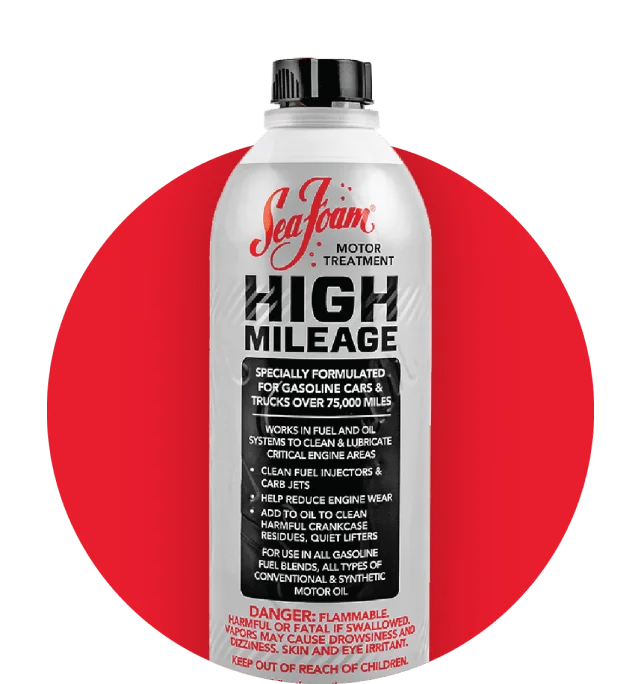HOW TO FOG AN ENGINE WITH DEEP CREEP FOR SEASONAL STORAGE
During storage, the concern is that moisture plus time equals rust on cast iron.
The most exposed precision surfaces are your cylinder walls. Cylinders in most applications are cast iron, and machined to tolerances of +/- 0.0002 inches. They are then honed with a specific crosshatch surfacing to ensure oil is retained to prevent contact with the piston rings and skirt, but also allow excess oil to be scraped back to the engine oil sump to keep oil consumption at a minimum.
During storage, the concern is that moisture plus time equals rust on cast iron. Rust bloom sets in quickly, and signifies some of the material having been lost; a dimensional change. Short term this change is likely negligible, but months of sitting can result in serious pitting and irregularities that mean your engine will not retain oil in the way it should. Wear will start happening more quickly, along with oil burning. The only fix at that point is repair or replacement of the cylinder. This can range from a top-end replacement on a small engine to machining and sleeving on larger applications. This can exceed the value of the machine.
sea foam deep creep
protect your cylinder walls
Prevent rusty cylinder damage by fogging your engine with Sea Foam Deep Creep. This is a process that applies a coating of oil to your cylinder walls and rings to prevent any rusting. This should only be done on gasoline engines that do not use a catalytic converter. Do not try to fog a diesel engine, as it may cause detonation and/or a runaway.
Remove your spark plugs and spray a solid burst of Deep Creep into each cylinder through the plug hole. Manually roll the engine over a few times to distribute the oil across the entire cylinder. Put the plug(s) back in, and your engine’s cylinders are protected for storage!
How DEEP CREEP Protects Engines During Storage
#seafoamworks
related
products
For motors of all shapes and sizes.



